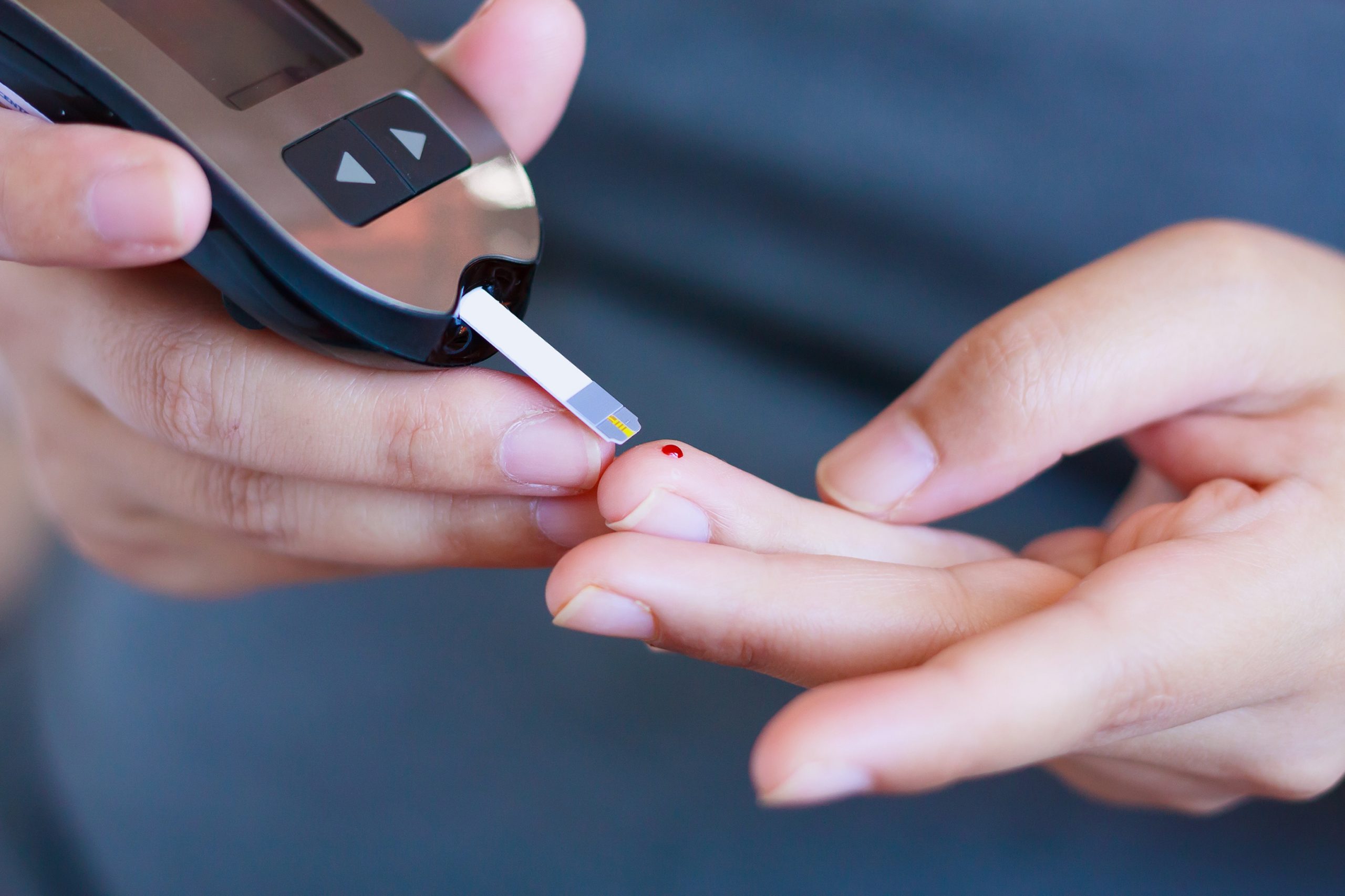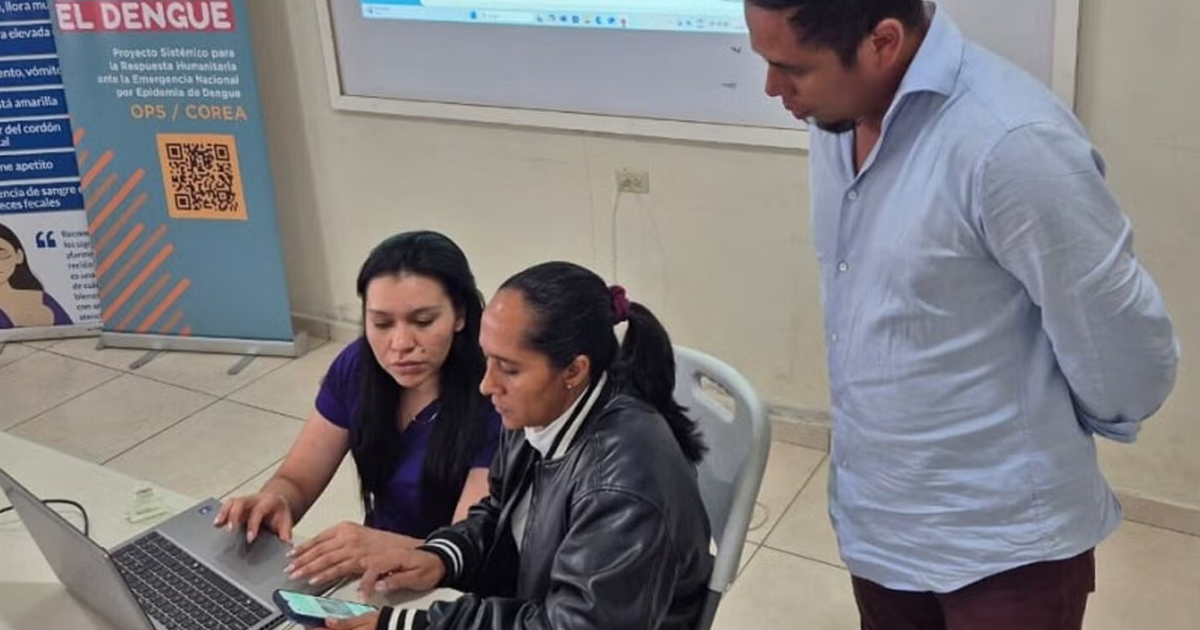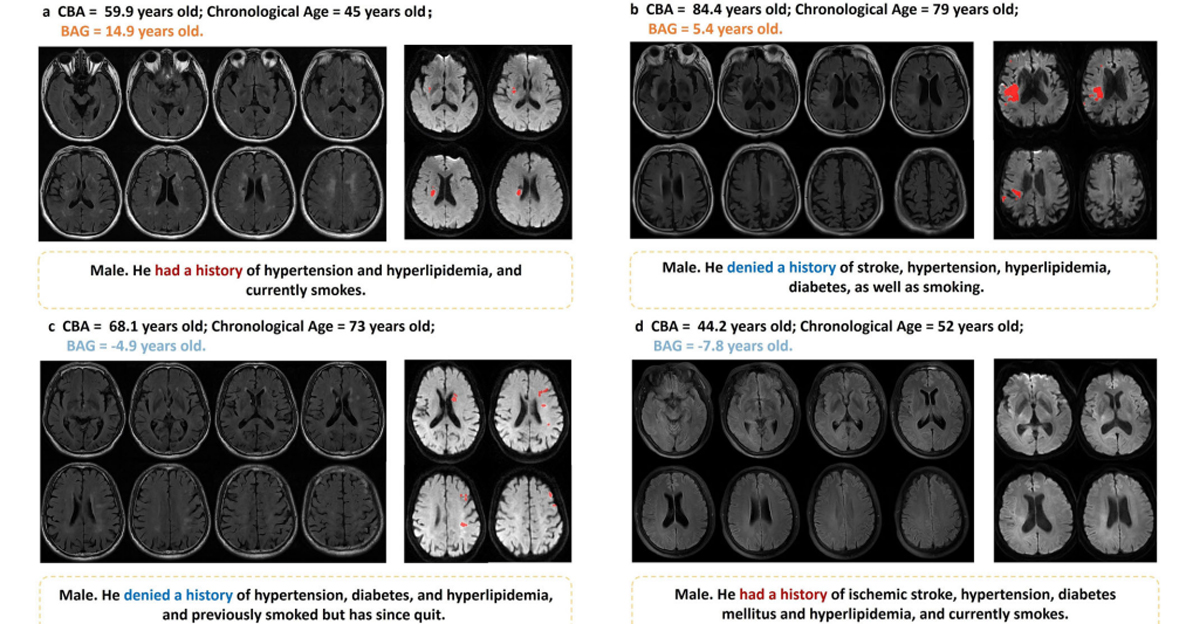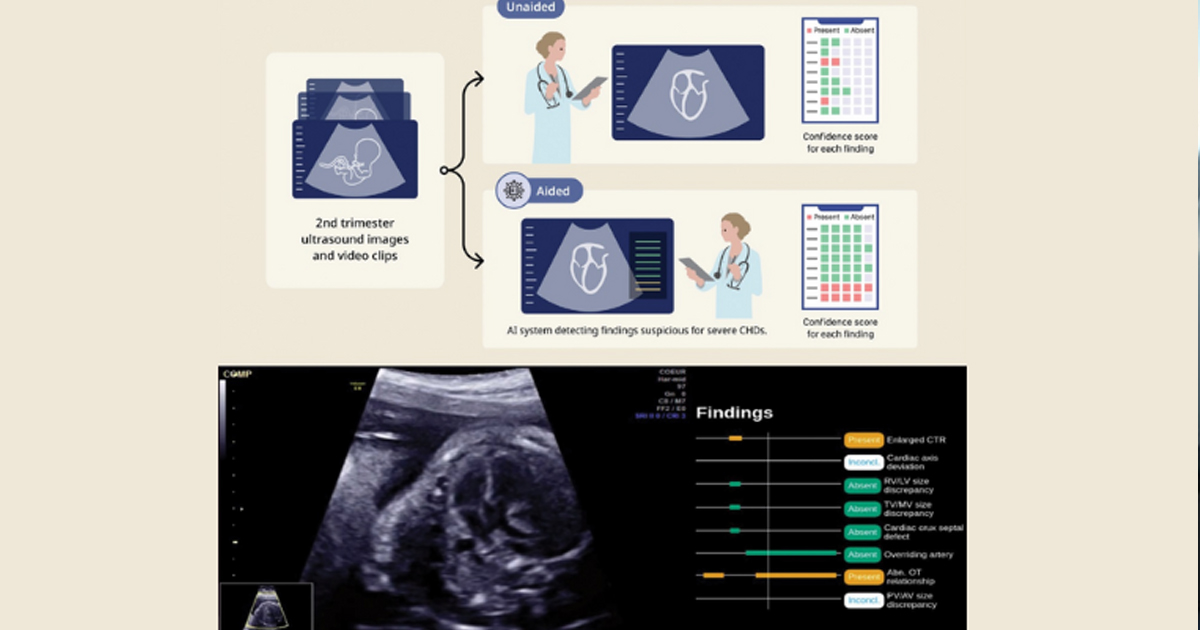Mediante el uso de aplicaciones móviles para el monitoreo de hábitos saludables y el registro de los niveles de glucosa en la sangre, pacientes con diabetes tipo 2, formaron parte de un estudio para medir la influencia positiva en los hábitos de automonitoreo utilizando herramientas de Digital Health.
El estudio tiene como título: Autosupervisión asistida por tecnología de los comportamientos del estilo de vida y los indicadores de salud en la diabetes: estudio cualitativo. Y fue conducido por especialistas en salud y tecnología del Center on Smart and Connected Health Technologies y por la Escuela de Enfermería de la Universidad de Texas, ambas de San Antonio, Texas.

El autocuidado por parte de pacientes con enfermedades crónicas es fundamental para poder llevar una vida saludable con el control de su padecimiento. El estudio tuvo como objetivo explorar las diversas experiencias de los participantes mientras usaban herramientas de autocontrol asistidas por tecnología, y además conocer los indicadores de salud de adultos con sobrepeso u obesidad con diagnósticos de diabetes tipo 2.
La muestra consistió en diez personas, ocho mujeres y dos hombres, con edad media de 59.4 años. Los investigadores analizaron datos cualitativos recuperados de un grupo de intervención en un ensayo clínico aleatorio con duración de 6 meses.
Los diez participantes monitorearon su dieta, ejercicio y peso a través de Lose It! una plataforma para el registro de la alimentación diaria y otros hábitos saludables. Por otra parte, monitorearon y registraron sus niveles de glucosa en la sangre a través de un glucómetro y la aplicación Diabetes Connect app.. Posterior a esto, realizaron las discusiones grupales seis semanas después a comenzar los registros y una segunda a los 6 meses.
During group discussions, the following topics emerged:
- Beneficios percibidos del autocontrol asistido por tecnología.
- Perceived ease of use.
- Uso de autosupervisión asistida por tecnología.
- Facilitators of engaging in healthy lifestyle behaviors.
- Positive lifestyle change.
- Barriers to engaging in healthy lifestyle behaviors
- Learning curve.
- Monitored data sharing.
En general los resultados del estudio mostraron una respuesta positiva por parte de los participantes ante la utilización de tecnología para incidir en estilos de vida saludables. Además, consideraron que el uso de estas herramientas es seguro y conforme pasó el tiempo se fue resultó más cómodo para ellos.
Este estudio abre puerta a nuevos estudios con grupos más grandes sobre el automonitoreo asistido por tecnología y los cambios de comportamiento en el estilo de vida que pueden propiciar, así como otros indicadores de salud que miden los avances positivos los hábitos del paciente respecto al cuidado y control de su enfermedad.







